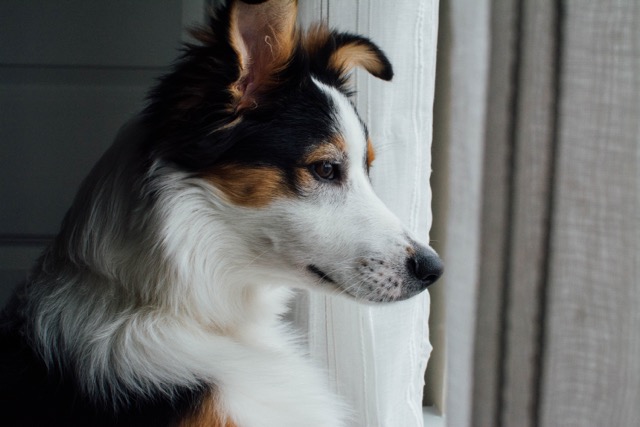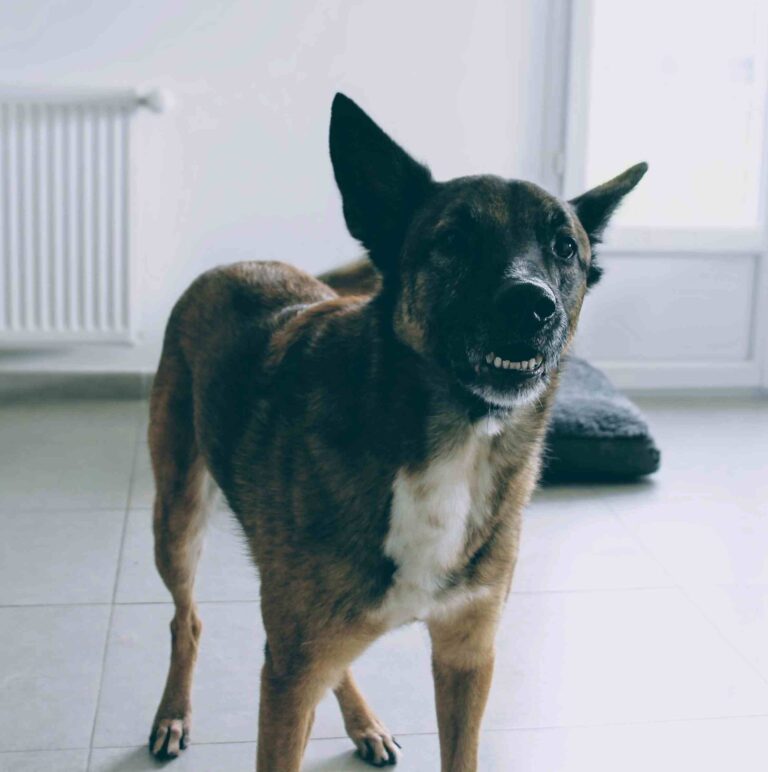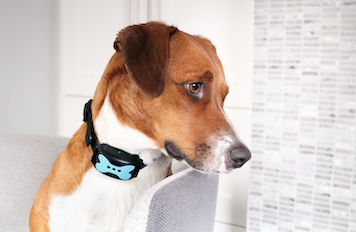The first few nights of having a new puppy can serve as a shock to the system. You might even feel like you unintentionally signed up for having a human infant with the amount of sleep lost! Considering that your puppy has (hopefully) been spending their entire little life surrounded by other cuddly, albeit biting, siblings and their mother, it is a huge change! It simply is not normal for a puppy to want to be alone. After all, dogs got their nickname of “man’s best friend” for a reason. Their domesticated desire to be with us makes dogs, well, dogs. So, when does a puppy’s desire to be with us and the aversion to being utterly alone turn into separation anxiety, and how can you tell the difference?
As a Certified Applied Animal Behaviorist, I look at three factors:
- Age of the Puppy
- Breed and Individual History
- The intensity of the Vocalization and Escape Behaviors
Age of the Puppy
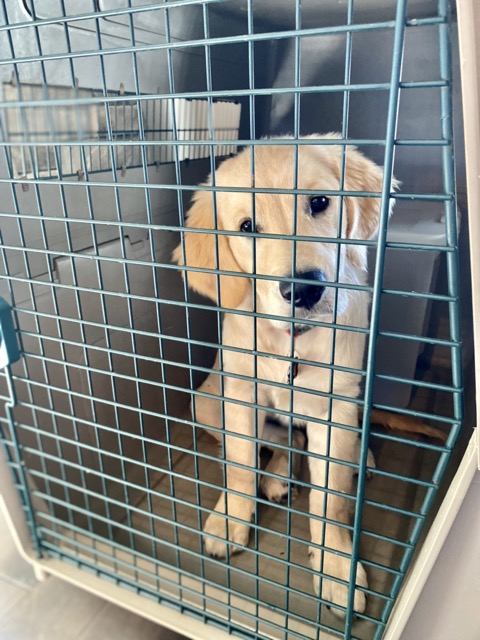
When classifying a puppy’s separation behaviors as typical or atypical, the easiest and most obvious factor is the puppy’s age.
For puppies, 8-10 weeks of age, crying, whining, and barking alone is typical and certainly not something I would classify as separation anxiety. During overnight periods, generally, with soothing (e.g., sticking your fingers in the crate), puppies quiet down and go back to sleep. Or, they may have been crying because they need to potty. In general, throughout the day and overnight, if you can place the crate in an area where your puppy has a direct line of sight with you, they can typically soothe themselves back to sleep.
As puppies get a bit older and around 10-16 weeks, they can typically be crate trained quickly, and their crying can be reduced or eliminated with more direct crate training.
If your puppy is 16 weeks or younger and their behavior does not follow typical behaviors surrounding development and separation behaviors are intensifying, it is time to get help — and fast.
Most adolescent puppies have nailed time alone in the crate if a proper crate training program has been implemented. When owners report their dogs having separation anxiety and the puppy is an older puppy (e.g., 6 months), an adolescent dog, or a young adult, it becomes a bit more challenging to decipher between normal versus abnormal separation-related behavior. Although not typical, some dogs begin engaging in what I would label separation anxiety during these stages of life.
Breed and Individual History
By layering in the breed and individual history, I move away from looking at the puppy’s age to help identify whether your older puppy is engaging in ordinary versus abnormal behavior. While most separation anxiety tends to emerge around 3-5 years of age, some breeds, namely hunting breeds, are prone to separation anxiety and begin engaging in abnormal separation behavior at a younger age. A puppy’s individual history also affects various levels of separation anxiety. For example, if an owner rarely leaves home for long periods of time and spends lots of time cuddling their puppy, the puppy is more likely to develop separation anxiety. Knowing how to handle alone time is a critical skill sometimes missed in these cases. Next, it is time to dig deeper into the behavior itself—vocalizing and attempting to escape.
The Intensity of the Vocalization and Escape Behaviors
The primary consideration when classifying behavior as a typical aversion to being left alone or separation anxiety surrounds the intensity of the vocalization, or worse, attempting to escape. First, consider how long your puppy vocalizes. 15 minutes or less is typical puppy behavior and, although heartbreaking, not something I would label separation anxiety. I consider vocalizing for over an hour paired with stress signals (e.g., excessive salivation, bloodshot eyes) the start of some nasty separation anxiety.
Signs of extreme separation anxiety
Along with vocalizing, I consider what the puppy does to access their owner or escape from confinement. If puppies break out of a secure crate, injure themselves attempting to break out of the crate more than once (e.g., bloody gums, bloody paws), or destroy exit areas of the home (e.g., blinds, baseboards, doorframes), I label the behavior as more extreme separation anxiety.
If your puppy has separation anxiety, it is time to get professional help. Sadly, those behaviors worsen as puppies age, and they become, not only safety concerns but are life-altering for both dogs and owners. It is a heartbreaking behavior to experience.
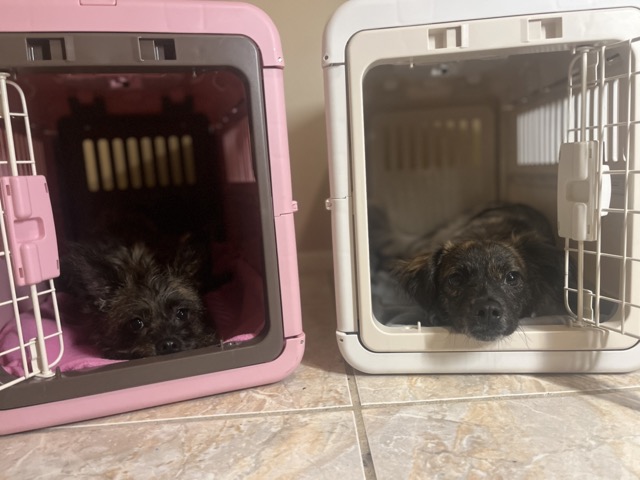
Luckily, even as a Certified Applied Animal Behaviorist, I rarely encounter young puppies with severe separation anxiety. When they do, the behavior is highly heritable and quite alarming. Typically, these behaviors develop over time, and the environment plays a role. In those cases, environmental changes can help support healthy separation from owners. Owners’ worries can be put to ease with training and simple modifications to their daily routines. A puppy’s aversion to being alone is reduced in a short time, and they can comfortably rest while crated when an owner is away or busy!
